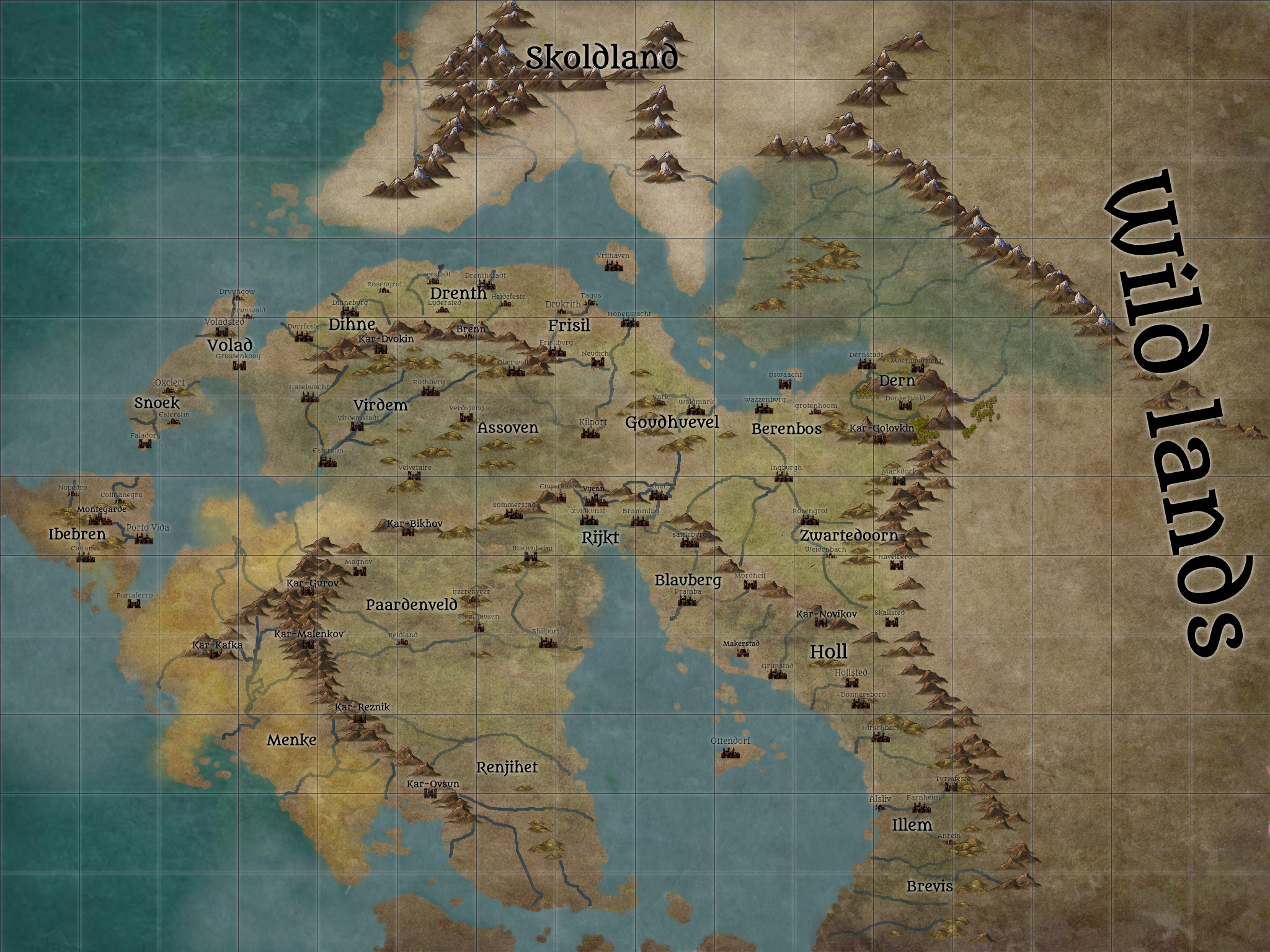The Courtly Language of Rings
In the Engarlands, rings are used among the gentry and nobility a form of calling card, and as part of courtly introductions and networking. A ring with a name, family motto, or crest is presented upon introductions, or ideally, in advance of a meeting. Rings are typically returned to their owner, but if the owner of the ring wishes to establish a more formal relationship, they will offer for the person they have presented it to keep it. Rings given in this way are often in some way displayed, often at the entryway of a house or in some other prominent place in the house. The number of rings a person has been given and has on display is an excellent measure of their relationships, influence, and standing.
Wearing another persons ring is a sign of some debt or obligation, and as such, someone who owes fealty or is a client to a patron may wear the ring of their patron or lord. Debtors, apprentices, or other similar relationships may also wear a ring in such a fashion.
Execution
Rings are typically exchanged after formal introductions are made, and are sent via servants. It is common for a bowl or rack to be placed in a place of prominence within one's home, displaying one's acquaintances and relationship as a mean of displaying prominence and status.
Rings are often placed on a vassal finger as part of the Commendation Ceremony, between a Liege and Vassal, with the ring being placed on the hand before the hand is squeezed in the tradition handgang.
Components and tools
Three rings are commonly used in the Courtly language of rings:
- Gold: Given to you superiors and betters.
- Silver: Given to peers or someone whose standing you are unaware of.
- Iron/Steel: Given to those beneath you in standing.
- Wood: Given often as an insult, it implies someone is a servant or beneath notice
- Horn: Sent to one's enemies, or those you wish to make enemies.
- Bone: Denotes a blood debt or obligation to another person.
- Leather: Denotes an apprenticeship or similar debt of service.
- Copper: Denotes a financial debt of some sort.
- Grass: Given between courting young lovers.
Participants
Ring exchanging is practiced by most people to some degree, as a means of reinforcing the social hierarchy, but the exchanging of the three rings of service (Gold, Silver, and Iron) are most often only practiced by the Chivalry and Nobility, as well as those guild members, merchants, and courtiers that move in those circles.



Comments